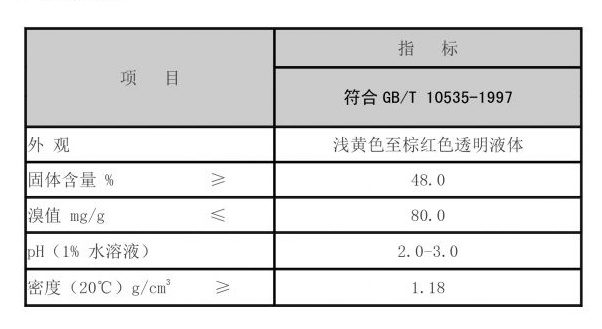Poly Aluminium Solutions for Water Treatment and Environmental Protection Strategies in Modern Applications
Understanding Poly Aluminium A Versatile Chemical Compound
Poly aluminium, a term that refers to a group of inorganic compounds, is widely recognized for its application in water treatment and various industrial processes. As an effective coagulant, poly aluminium is crucial in the removal of impurities and contaminants from water, ensuring that the treated water meets health and safety standards. This article delves into the composition, properties, applications, and benefits of poly aluminium.
Composition and Properties
Poly aluminium compounds, specifically polyaluminium chloride (PAC), are formed through the hydrolysis of aluminium salts in an alkaline environment. These compounds can exist in different forms, such as liquid or powder, with varying molecular weights and charge densities based on the specific formulations used. The typical formula of polyaluminium chloride can be written as Aln(OH)mCl(3n-m), indicating its complex nature.
One of the remarkable properties of poly aluminium is its high charge density, which enhances its coagulation ability. This property allows it to interact with negatively charged particles in water, promoting the aggregation and settlement of impurities. The pH range for optimal effectiveness typically lies between 5.5 and 7, making it suitable for various aquatic environments.
Applications in Water Treatment
Poly aluminium is predominantly used in the water treatment industry. Its primary role is to enhance the coagulation process, which is essential for removing suspended solids, colloidal materials, and microorganisms from water sources. These processes are vital in both drinking water production and wastewater treatment, where the goal is to achieve clear, safe water.
poly aluminium

In drinking water treatment plants, poly aluminium is preferred over traditional coagulants like alum due to its efficiency in lower doses
. It leads to better turbidity removal while producing less sludge, which simplifies the subsequent filtration and disposal processes. Moreover, the use of poly aluminium in wastewater treatment ensures that treated effluents meet stringent environmental regulations, protecting aquatic ecosystems and human health.Benefits and Advantages
The advantages of using poly aluminium are manifold. Firstly, the cost-effectiveness of poly aluminium solutions makes it an attractive choice for municipalities and industries alike. Due to its high efficiency, smaller quantities can achieve superior results compared to conventional coagulants, leading to lower overall treatment costs.
Secondly, poly aluminium has been shown to produce less residual sludge, which is a significant concern in waste treatment facilities. Reduced sludge generation not only decreases disposal costs but also mitigates the environmental impacts associated with sludge management.
Furthermore, poly aluminium demonstrates a wide pH tolerance and temperature stability, making it highly adaptable to various operational conditions. This versatility allows water treatment facilities to maintain optimal performance regardless of fluctuations in incoming water quality.
Conclusion
In summary, poly aluminium is a crucial component in modern water treatment processes, contributing to efficient contaminant removal and ensuring sustainable practices in treating water for both consumption and industrial use. As water quality standards tighten and the demand for effective treatment solutions increases, the importance of poly aluminium in promoting safe water will undoubtedly continue to grow. Understanding its properties and applications can lead to more informed decisions in water management and treatment solutions, ultimately benefiting public health and environmental conservation.
-
Understanding Polycarboxylic Acids: Properties, Applications, and Future PotentialNewsJul.28,2025
-
Scale Inhibitor Explained: How to Protect Your System from Limescale and Hard Water DamageNewsJul.28,2025
-
Scale and Corrosion Inhibitors: Essential Chemicals for Industrial Water System ProtectionNewsJul.28,2025
-
Polyaspartic Acid: A Biodegradable Polymer for Sustainable ChemistryNewsJul.28,2025
-
Isothiazolinones: A Versatile Antimicrobial Class with Industrial Power and Regulatory ChallengesNewsJul.28,2025
-
A Deep Dive into 2-Phosphonobutane-1,2,4-Tricarboxylic Acid (PBTC)NewsJul.28,2025





